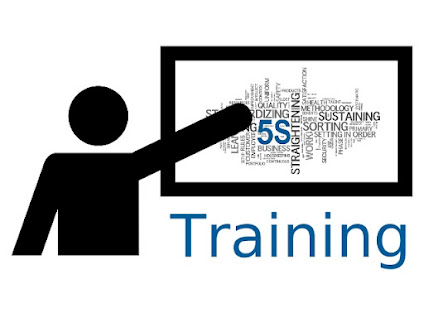How the 7 QC Tools Revolutionize Quality Management
Quality management is a crucial
aspect of any organization, regardless of its size or industry. It involves the
continuous monitoring and improvement of processes, products, and services to
meet or exceed customer expectations. However, maintaining quality standards
can be a daunting task without the right tools and techniques in place. This is
where the 7 QC (Quality Control) tools come into play.
The 7 QC tools, also known as the 7
basic tools of quality, are a set of statistical tools used to identify,
analyze, and solve quality-related problems. Developed by Kaoru Ishikawa in the
1950s, these tools have revolutionized the field of quality management and have
become an integral part of quality improvement processes in organizations
around the world.
Checkout 7 QC Tools Training by Swades QMS
The 7 QC tools consist of Pareto
chart, cause and effect diagram, check sheet, control chart, histogram, scatter
diagram, and flowchart. Each tool serves a specific purpose and can be applied
at different stages of the quality management process. Let's take a closer look
at how these tools revolutionize quality management.
1) Pareto
Chart:
This tool is used to identify the most significant issues or problems that need
to be addressed. It follows the Pareto principle, also known as the 80/20 rule,
which states that 80% of the problems are caused by 20% of the factors. By
using a Pareto chart, organizations can prioritize their efforts and resources
to tackle the most critical issues first.
2) Cause and
Effect Diagram: Also known as the fishbone or Ishikawa diagram, this tool helps
identify the root causes of a problem. It is a visual representation of all the
potential causes and their relationships to the problem at hand. By analyzing
the diagram, organizations can pinpoint the underlying causes and take
corrective actions to eliminate them.
3) Check
Sheet:
This tool is used to collect data and record the frequency of a particular
event or problem. It helps organizations track and monitor the occurrence of a
problem over time and identify any patterns or trends. With this information,
organizations can make informed decisions and take preventive measures to
reduce the frequency of the problem.
Also Read: Basic Statistic Training
4) Control
Chart:
This tool is used to monitor and control a process over time. It helps identify
any variations or abnormalities in the process and take corrective actions to
keep it within the desired range. By using control charts, organizations can
ensure consistency and stability in their processes, leading to improved
quality.




Comments
Post a Comment